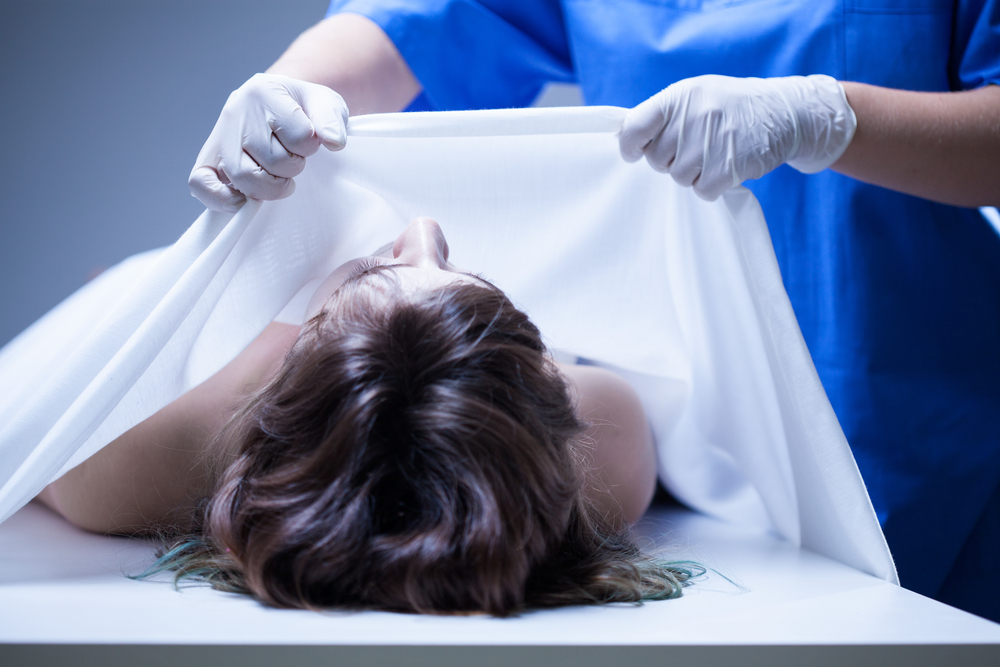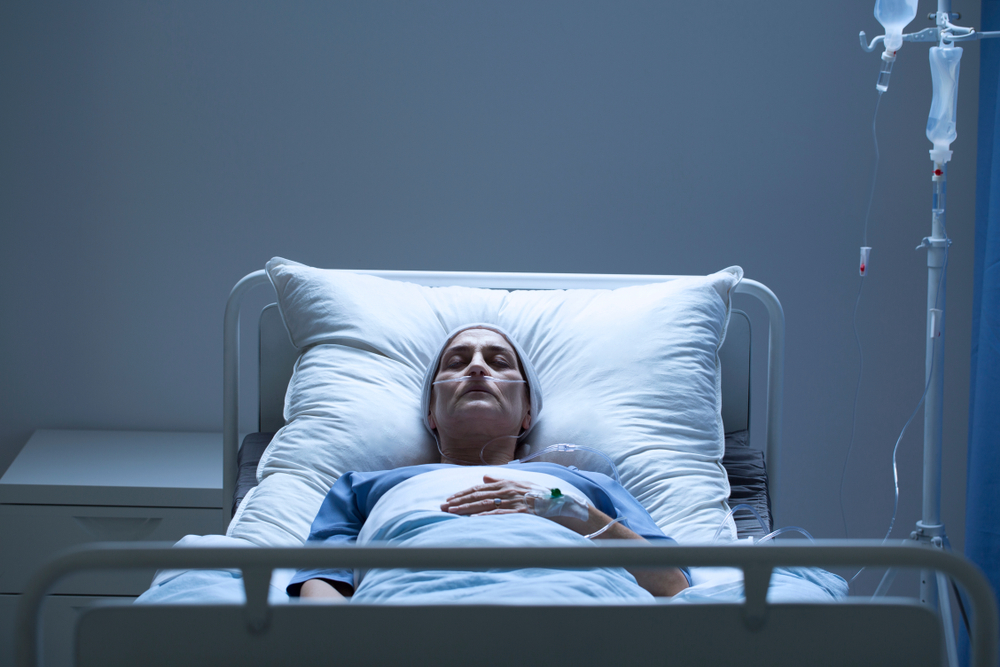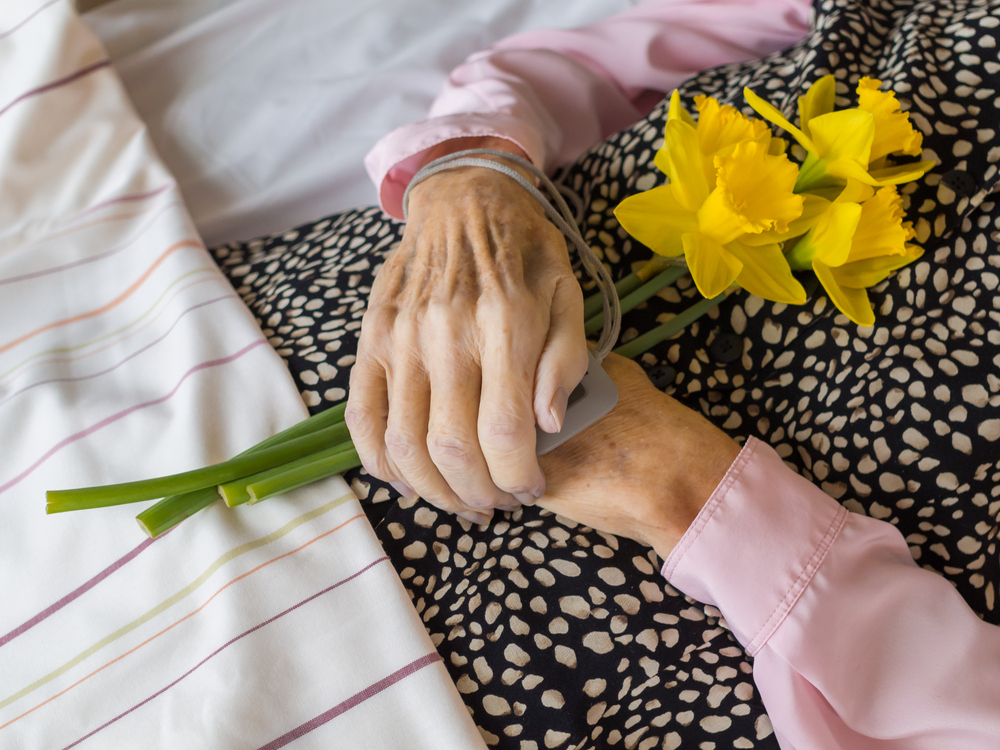Have you ever wondered what happens to your physical body when you die?
As we all know, death marks the moment the physical body stops working. We are terrified by this concept and never really think about what happens to our bodies as soon as we stop breathing. But death itself is a process; believe it or not, it’s worth our attention.
For example, everyone’s timeline is different. Our bodies need longer or shorter time to die, depending on our health, the treatments we are receiving, and of course, the cause of death. In case of a cardiac arrest the death can happen within minutes, while for chronic conditions, the bodies usually take weeks or sometimes even months to die.
Even though we never talk about the signs of death, multiple changes occur as the body’s function slows down. When you are dying all you want to do is sleep, because your body no longer has the energy for any other activity. Your heart will struggle to pump the blood throughout the body and the cells don’t have the power to stay awake. So, without oxygen, rest becomes essential and a huge sign of death.

5 Things That Happen to Your Body Before You Die
1. Constipation
When the body is dying, the digestive system goes down. That’s why constipation is one of the most common symptoms among people who are dying. The reduced control over pelvic floor muscles also contributes to the difficulty of passing stool.
In this situation, stool softeners are given to the patient, and sometimes even medical devices to help relieve the digestive system are used.
2. Weight loss
It’s very common for the dying person to lose weight and muscle mass. So, even talking can become exhausting, especially within days before death. The skin becomes thinner because the cells no longer replace the dying ones rapidly. Thin skin is more susceptible to bruises, cuts, and bedsores.
In this phase, the caregivers try to moisturize the skin as good as possible. However, all the effects are temporary, since the body is slowly but surely preparing for death.

3. Decreased appetite and thirst
When a body is dying, it refuses to be nourished. So, appetite decreases dramatically in the weeks before death. The digestive system is also affected, having a hard time processing food.
When the dying person refuses to eat, the caregivers always try their best to change that and end up purchasing artificial feeding devices like feeding tubes. These can work for a short while, but unfortunately, once the body has started to shut down, there is basically nothing you can do to prevent death.
4. Unconsciousness
As death approaches, the body may drift from sleep into unconsciousness. Most of the dying people wake up from their sleep unaware that they are unconscious. This strange phase allows you to hear your loved ones speaking, but not answering.
Usually, when unconsciousness hits, the body is too weak to respond. However, touch and hearing are the last senses to go when we die. So, if you ever go through all these phases with one of your loved ones, make sure to be there for them and assure them that everything will be alright.
The dying person needs to know their family is safe and strong enough to go through the traumatic event.
5. Changes in breathing
Did you know that breathing patterns can signal how close you are to death? Steady and regular breaths are an important sign of good health, but unpredictable breathing, on the other side, is often a sign of failing health.
When death is near, people stop breathing for long periods, and the saliva build-up in the back of the throat starts to make a rattling sound. This is called ”’death rattle”.
Is Death Painful?
This is probably one of humanity’s oldest and most asked questions. The answer is simpler than you can imagine. First of all, we need to clarify that dying and death are two different things. So, while dying usually carries discomfort and all kinds of problems, death itself is extremely quiet.
Most of the dying forms can involve suffering, especially those without medical care. Pain from injuries, fear, confusion, or breathlessness can occur. But while pain is part of life, death is not life. It’s the absence of sensation, the end of struggle. So, for most suffering people, the final moment doesn’t feel like an explosion, but more like a relief.

What Happens to Your Body After Death
First Hour After Death
In the first hour after death, the body enters a state of biological silence. Your heart stops beating, your brain shuts down, your eyelids lose their tension, and the pupils dilate. Let’s say that this part happens extremely quickly. But after that, the body starts a cooling process.
It means that depending on the environment, your body begins to become colder and colder, no longer radiating warmth.
Your skin may take on a pale hue as the blow flow stops and begins to settle due to gravity.
In the first hour after death, the most interesting thing is that you may still look ”present”, but under the surface, a quiet storm of chemical breakdown has already begun.
2 to 6 Hours After Death
Now, the body enters the transition phase, It is moving from soft and still into a postmortem stiffening. It’s called rigor mortis and is a result of a biochemical shift. The muscles, that lack oxygen, begin to lock in place.
The no longer pumped blood settles in the body’s lowest points due to gravity, and it’s causing purplish-red staining along the back if you’re lying down.
During this stage, the pupils will be dilated, dry, and unresponsive. Eyes may take on a cloudy look as corneal cells begin to die.
The body is now no longer ”you”. It is undergoing its first irreversible transformations.
6 to 12 Hours After Death
In this phase. the rigor mortis is in full effect. The stiffness spreads from the face and jaw down through the neck, chest, arms, and legs. At around the 12-hour mark, the body that was once known for being warm and flexible looks like a sculptural state.
The skin is beginning to lose elasticity and the once-pink tones are transforming into shades of yellows and grays. Livor mortis is now permanent.
Some of the body’s natural bacteria are starting to wake up. Now that the immune system is off, there’s nothing to keep them in check. Pay attention to them because they will play a major role in what comes next.
More Than 12 Hours After Death
After 12 hours, the body enters putrefaction. This stage is primarily driven by bacteria. Trillions of microbes, especially in the digestive tract begin to feast.
As bacteria consume tissue, hydrogen sulfide, methane, ammonia, and carbon dioxide will start to create tension inside the body. Usually, this causes bloating, the skin may stretch and even blister.
The smell produced by the bacteria is incredibly strong and it’s often described as a sweet, sticky rot. This is also the time when the skin begins to loosen. Hair and nails might appear to grow, but in reality, that’s just an illusion caused by the receding skin.
Blood vessels are breaking down and fluids begin to leak from the nose, mouth, and sometimes eyes.
By this point, the body is no longer recognizable, but the story isn’t over, there are still more changes to go.
Day 2 to Day 5 After Death
By the second day after death, the bacteria, enzymes, insects, and the environment have taken over. The skin begins to change its color due to the bacteria that are producing sulfur-containing compounds as they break down tissue and blood.
Underneath the surface, the internal organs have begun to dissolve. The liver, heart, lungs, and kidneys turn to a soupy fluid. The body loses structure and it’s collapsing from the inside out.
By Day 5, the body is almost unrecognizable. The features that once defined a person are gone and what remains is a pure biological form.
The Bottom Line
Isn’t life crazy? We are born on this Earth and live our lives searching for a purpose. Some people find it, while others die before they do. With everything going on during our lives, we rarely think about how fragile we really are. Our bodies are miracles that help us function, and we often don’t even realize how blessed we are to simply have the ability to stay healthy.
This article was aimed to offer you a different perspective on death. Knowing that in just a few hours we will basically disappear should make us more present and grateful for what we have. At the end of the day, we are formed of meat, which will most likely end up being eaten by other creatures from nature.
Right now, your body is warm, it breathes, it aches, it loves, and it hopes. You get to wake up in the morning and look at the sky, you get to hug someone you love. But one day, all of that stops. Today is not that day. So, go do the thing you’ve been putting off and say yes more often.
Life isn’t guaranteed, and whether we like it or not, death is part of the deal. So, make memories, smile, and live life like you mean it.
Before leaving, here is a book written by a cardiologist. He shares his encounters with death and living proof.
If you liked the article, you should also read: 16 Fascinating Health Facts You Didn’t Know

